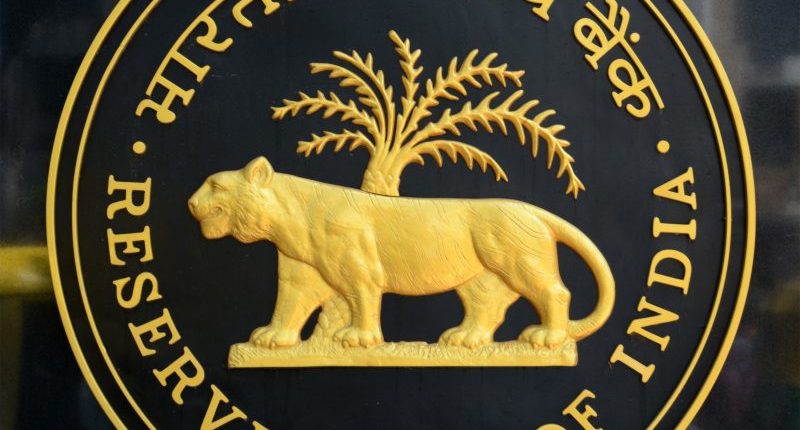RBI issued a circular on 4th August 2011, which advises banks to have the appropriate IT System in place for identifying Non-Performing Assets (NPA) and generation of related data or returns in both regulatory reporting and bank’s own MIS requirements. However, the processes for NPA identification, income recognition, provisioning and generation of related returns in many banks are not yet fully automated. Banks are still resorting to manual identification of NPA.
Due to the banks not following the August circular, the RBI issued another circular on 14th September 2020. This circular states that the banks need to put in place or upgrade their systems latest by 30th June 2021.
It provides guidelines to be followed by banks for upgrading their systems. RBI issued this circular to ensure the completeness and integrity of the automated Asset Classification, i.e. classification of advances or investments as NPA or NPI and their upgradation. It also provides for automation of Provision Calculation and Income Recognition Processes.
The circular provides for covering all loan accounts including temporary overdrafts, irrespective of its size, sector or types of limits under the automated IT-based System (System). It covers the bank’s investments also under the System. There should be a configuration of the Asset Classification Rules in compliance with the regulatory stipulations in the System.
The calculation of provisioning requirement as per pre-set rules for various categories of assets, the value of security shall also be System based. It also provides for coverage of any regulatory stipulations issued from time to time on provisioning requirements.
This circular provides that income recognition or derecognition in case of NPAs or NPIs will be System driven. The amount to be reversed from the income account shall be obtained from the System without any manual intervention.
The System, through Straight Through Process (STP), will handle down-grade and upgrade of funds without manual intervention. The downgrade and upgrade of accounts will be an ongoing exercise under the System based asset classification.
Also Read: CBDT: Two-Thirds of Workforce to Conduct Faceless Assessment
RBI circular also states that the banks should ensure updating of the asset classification status as part of the day end process. Banks should generate classification status reports at any point of time along with the actual date of classification of assets as NPAs or NPIs.
The RBI circular provides an exception from the System driven classification in specific circumstances which are minimum and temporary. In such exceptional cases, it must have two-level authorisation. Such authorisation should be as per the Board approved policy of the bank or CEO and done from the centralised location along with suitable documentation. It strictly states that the banks shall not resort to manual intervention or over-ride the System based asset classification process.
The RBI circular has issued strict guidelines and strongly discourages manual intervention by the banks. It provides that such intervention shall have an appropriate audit by concurrent and statutory auditors. The details of the report of such intervention are to be placed before the Audit Committee or Audit Head regularly. The banks should maintain logs for all exceptions, and they should store these logs for a minimum period of three years.
The circular also states that the System must have access to the required data from the CBS or other relevant applications of the bank if there is a usage of a separate application outside the CBS for NPA or NPI identification or classification. In such a case, there should be an update of the borrower or investment accounts back into the CBS automatically through STP.
This circular also asks the banks to update the business logic and other parameters or configurations under the System. This update is to ensure that the System based identification, classification, provisioning and income recognition are strictly in compliance with the regulatory guidelines. The circular provides for periodic System audit once every year by internal or external auditors. These auditors should be well versed with the System as well as with the compliance of income recognition, asset classification and provisioning guidelines.
The circular provides that the banks may draw up their Standard Operating Procedure (SOP) for System based NPA classification for the usage by the operating staff of the bank. This circular also provides the Baseline Requirements for the NPA classification in its annexure. The RBI states banks have to adhere to the instructions given in the circular while designing and maintaining the System.
The RBI circular also provides for examining the adherence to the instructions as part of the supervisory assessment. In the case of non-compliance by any bank, there will be an initiation of suitable supervisory or enforcement action against the concerned bank. This System based asset classification helps to enhance the confidence of the investors and depositors and improves the efficiency and transparency of the banks.
For any clarifications/feedback on the topic, please contact the writer at mayashree.acharya@cleartax.in

I am an Advocate by profession. I interpret laws and put them in simple words. I love to explore and try new things in life.




